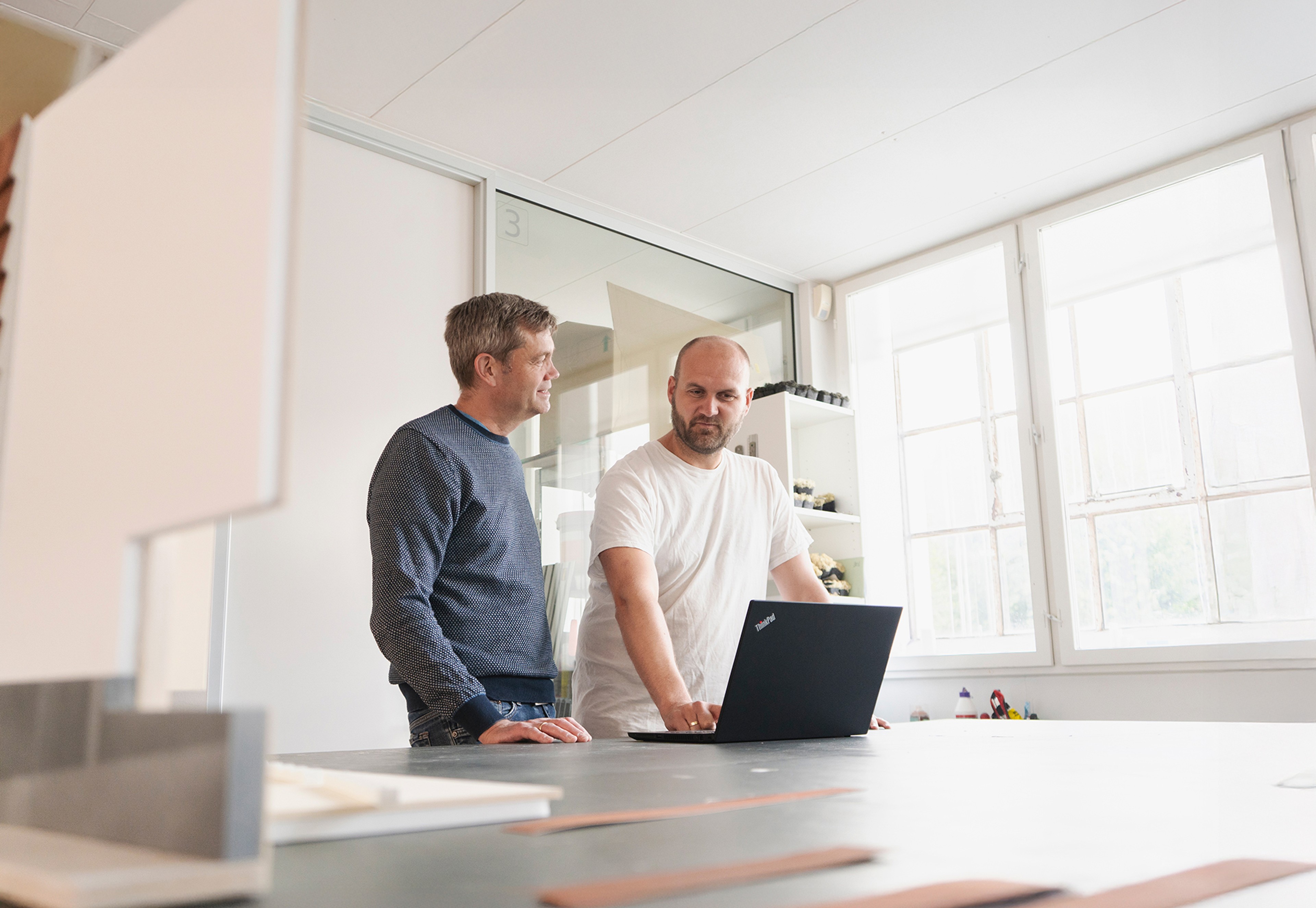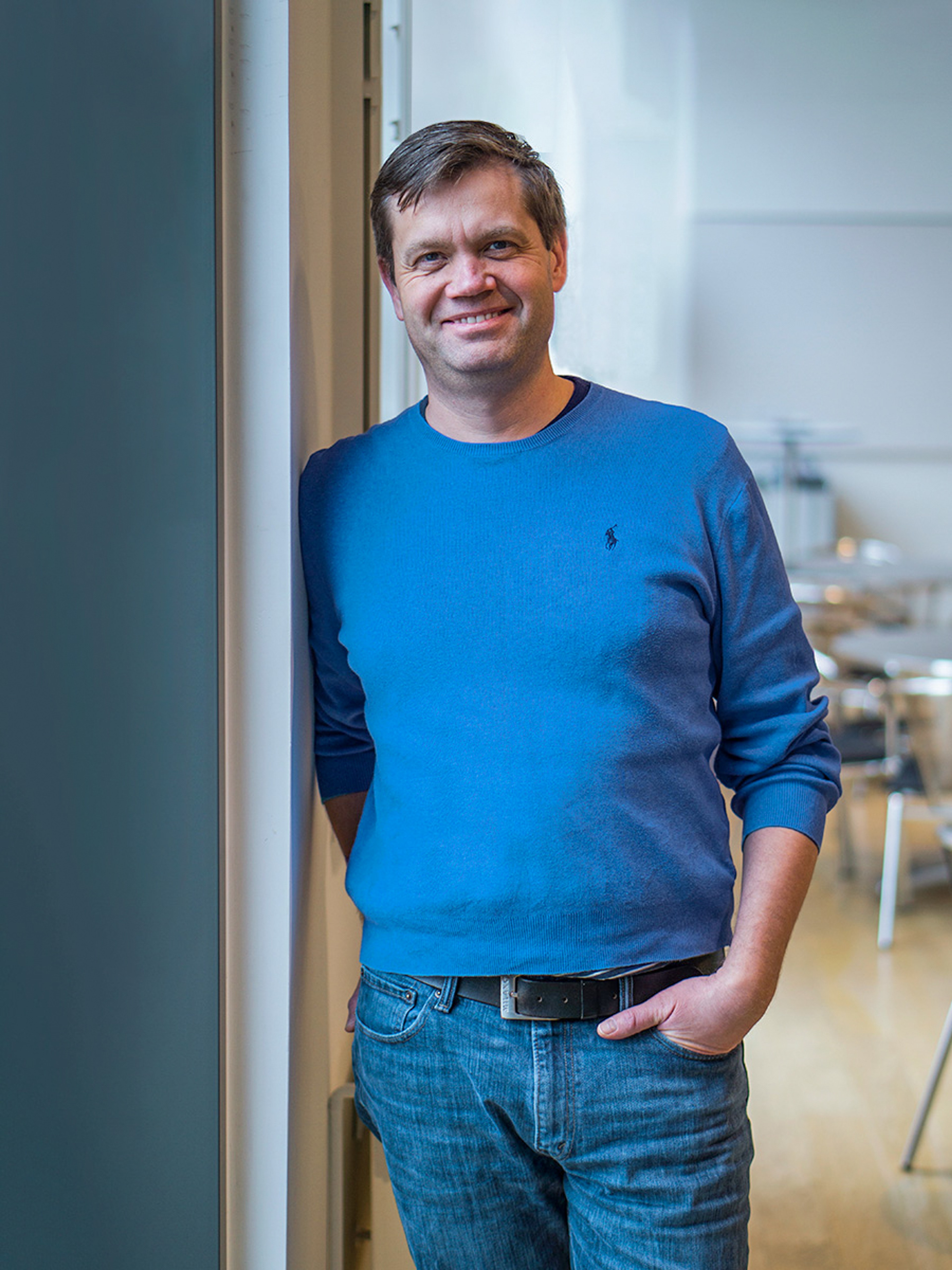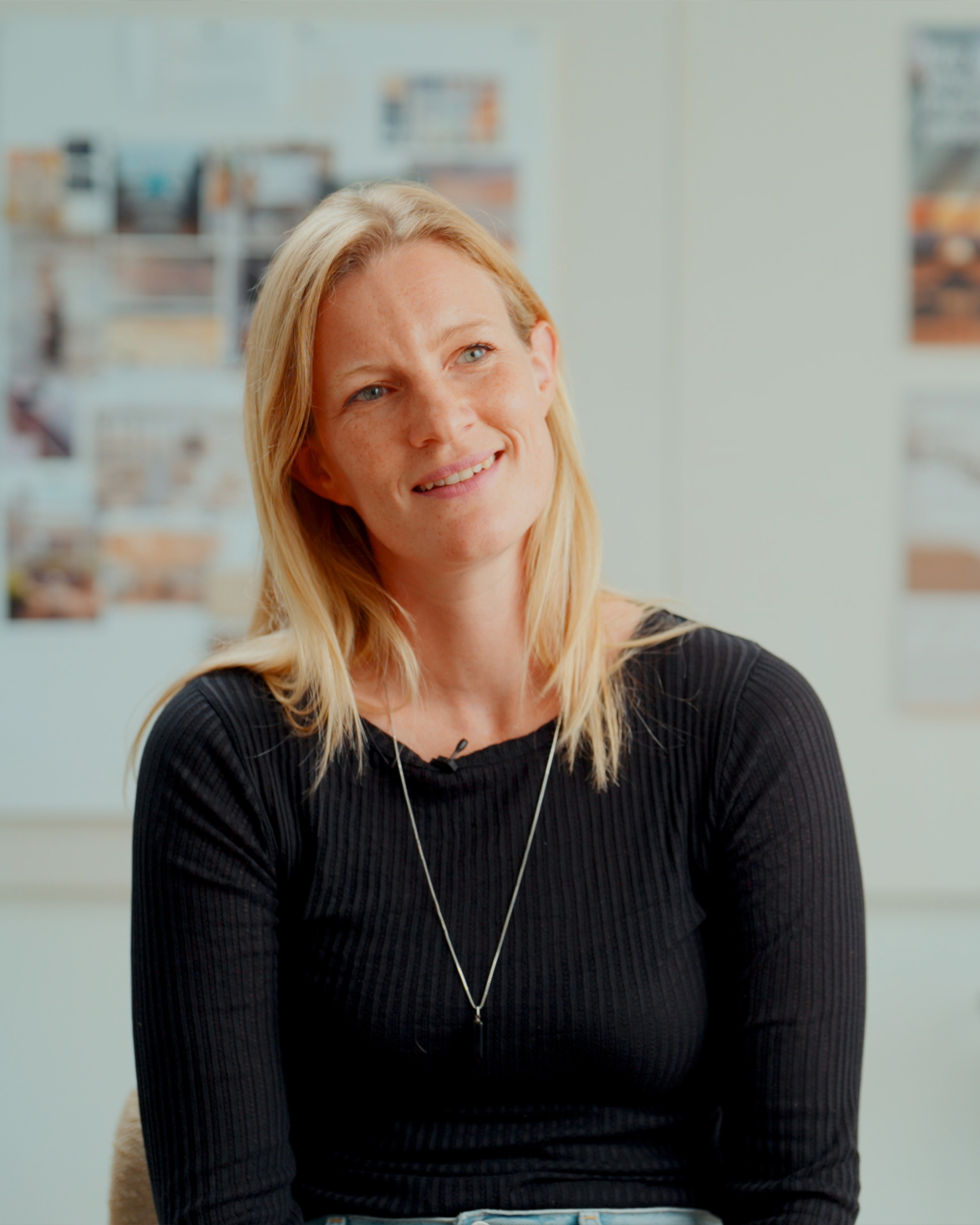PLH People
Quality assurance makes design endure

In the world of architecture and design, no projects are alike. Yet one thing should always remain constant: the quality of the finished project. For PLH’s QA team, it’s about delivering projects that are meticulously considered – projects that has been given the time, attention, and care they truly deserve.
For Henrik Rømer Kania, Head of QA, a sharp eye for detail is second nature. Order, structure, and attention to detail are the cornerstones of any quality assurance process, where the end goal is to deliver a high-quality final product. This is something senior project manager Hans Trier Arevad can relate to.
“You can’t work with quality assurance without being at least a bit of an orderly person. We’re probably the kind of people who neatly place the cutlery by the plates when setting the table – rather than just tossing it all in the middle,” says Hans Trier Arevad.
The two self-confessed perfectionists work together to ensure the quality of PLH’s projects. Without a technically sound building, the architecture falls apart – both literally and figuratively – no matter how impressive it looks. True architectural quality is found not only in bold concepts, but in the details.
Essential part of the overall experience
In architecture and design, quality first and foremost means meeting the requirements and standards that have been set. But in the bigger picture, it’s about more than that, says Henrik Rømer Kania:
“From a technical perspective, quality is also about creating buildings that endures. A well-detailed building lasts longer, uses fewer materials, and is less prone to defects.”
Mistakes made early in a project can snowball into major issues later. That’s why thorough quality assurance from the very beginning is essential – protecting the budget, the schedule, and most importantly, the client’s experience.
“Many people probably see quality as a given, but it must never become an excuse for complacency. You can’t take it for granted, because errors can create a chain reaction through the project. Being proactive in quality assurance ensures our clients never have a disappointing experience. Quality is a key part of the overall journey – and when a client feels proud of their finished building, it’s because the quality has been there from day one,” Hans Trier Arevad says.
Raising the bar
Quality assurance doesn’t just benefit clients – it strengthens the skills and knowledge within the studio. For architects, building designers, and interior designers, quality assurance is an opportunity to grow professionally, gain insight into other projects, and refine their craft.
“Let’s be honest – quality assurance isn’t always seen as the most exciting part of the job. But it should be. It’s meaningful, it’s rewarding, and it sharpens your technical skills while raising the standard across the entire studio,” says Henrik Rømer Kania.
While the QA team works to improve processes and ensure structure, perfection is never the ultimate goal – because architecture is not mass‑produced.
“Nothing will ever be 100% perfect. We’re not building cars or smartphones. Each building we design is a one‑of‑a‑kind creation. As professionals, we accept that – while still striving to deliver the best possible product, with the highest quality, every single time,” Hans Trier Arevad concludes.
PLH People



